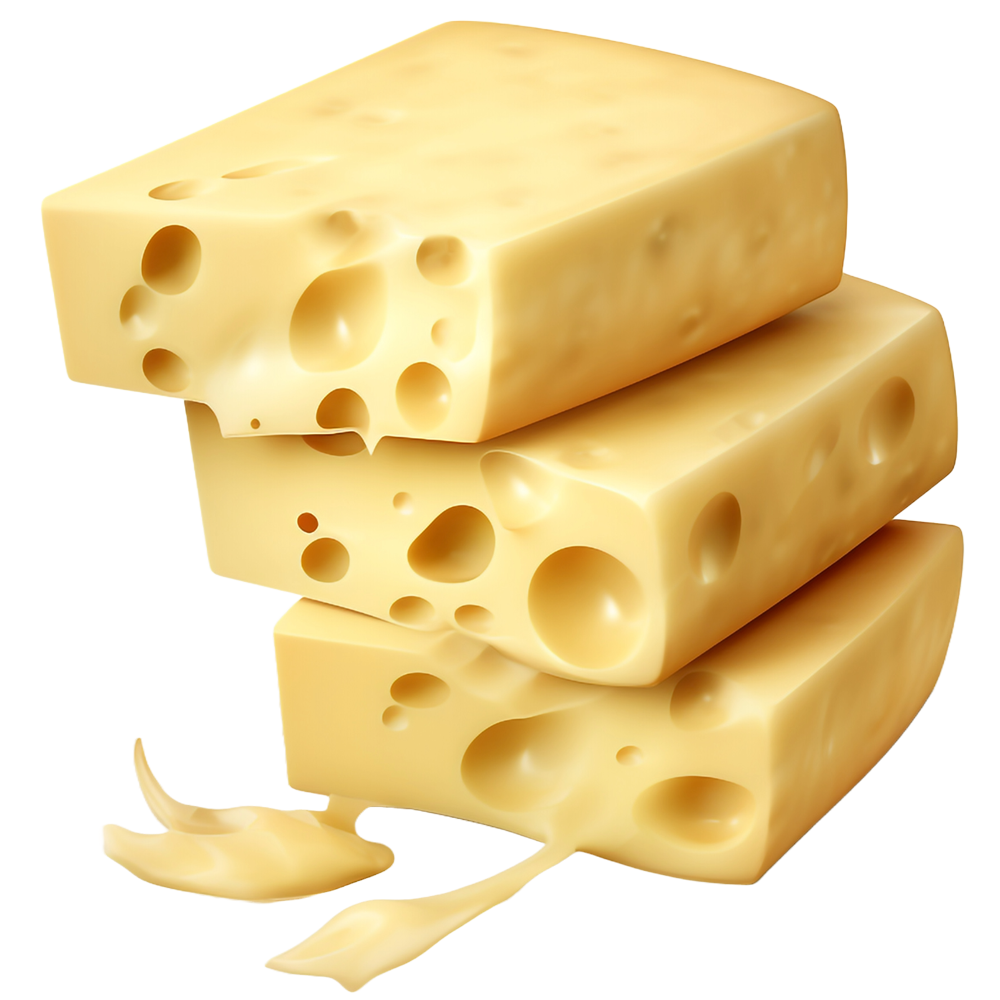European Cheese
European cheese is renowned globally for its diversity, quality, and rich cultural heritage. Here’s a brief overview:
- France: France boasts a wide variety of cheeses, ranging from creamy Brie and Camembert to tangy Roquefort and nutty Comté. Each region has its specialties, such as the blue-veined Fourme d’Ambert from Auvergne or the pungent Époisses from Burgundy.
- Italy: Italy is famous for its cheeses, including Parmigiano-Reggiano, Grana Padano, and Mozzarella. Pecorino Romano and Gorgonzola are other popular choices, each offering distinct flavors and textures.
- Switzerland**: Swiss cheeses like Emmental and Gruyère are renowned for their nutty flavors and holey textures. Raclette and Appenzeller are also well-loved Swiss varieties, often melted and enjoyed with potatoes or bread.
- Netherlands**: The Netherlands produces a wide range of cheeses, including Gouda, Edam, and Maasdam. Dutch cheeses are known for their smooth textures and mild, creamy flavors.
- Spain: Spain offers a diverse array of cheeses, such as Manchego, a sheep’s milk cheese with a rich, nutty taste, and Mahón, a cow’s milk cheese with a tangy flavor. Cabrales is a famous blue cheese from Asturias, known for its intense flavor.
- England**: Cheddar is perhaps England’s most famous cheese, known for its sharp flavor and crumbly texture. Stilton, a creamy blue cheese, and Red Leicester, a mild, orange-colored cheese, are also popular choices.
- Greece**: Feta is Greece’s most famous cheese, prized for its salty flavor and crumbly texture. Other Greek cheeses include Kasseri, a semi-hard cheese, and Halloumi, a firm cheese often used in grilling.
These are just a few examples of the diverse and delicious cheeses produced across Europe, each with its own unique characteristics shaped by factors like local terroir, traditional production methods, and cultural influences.

